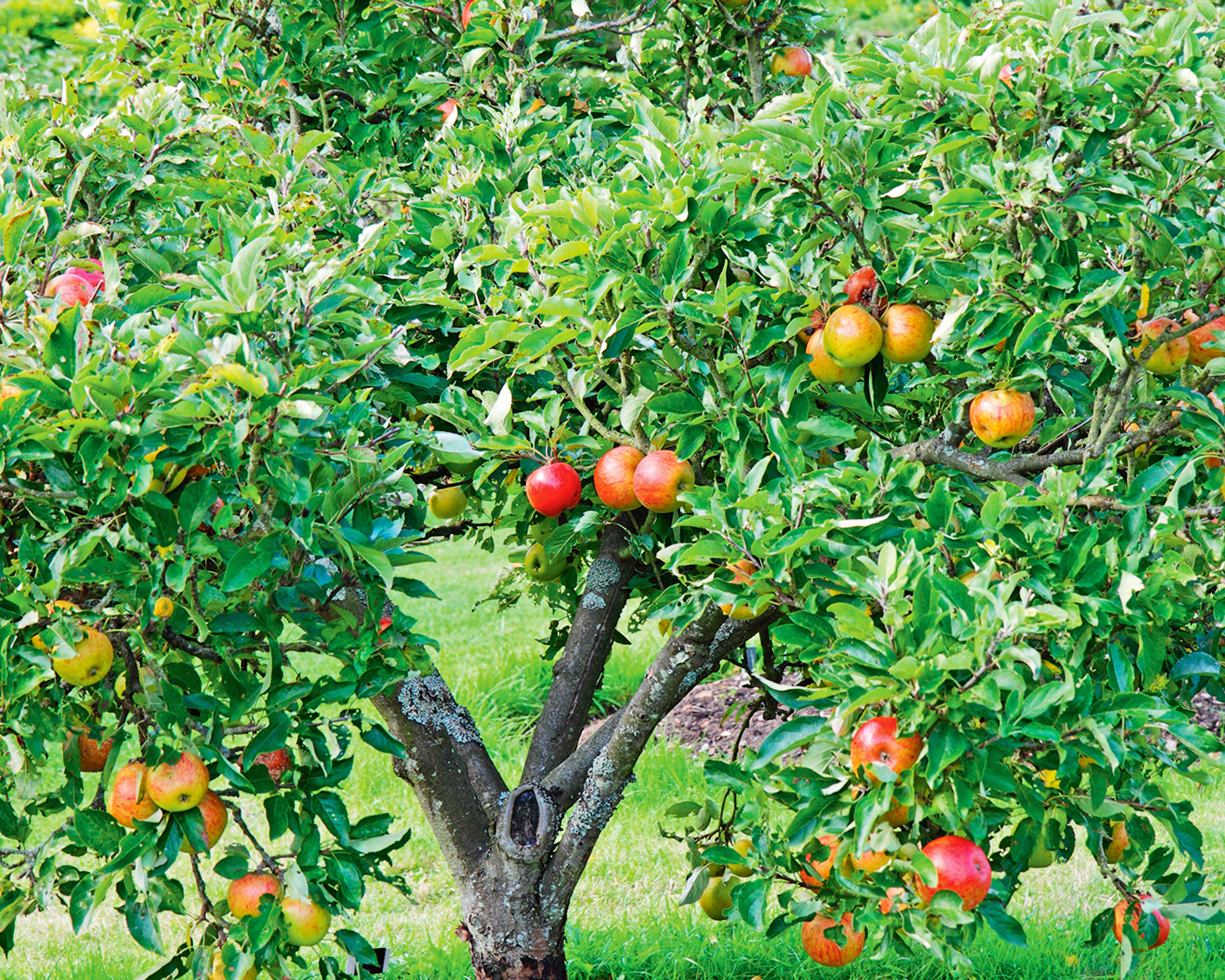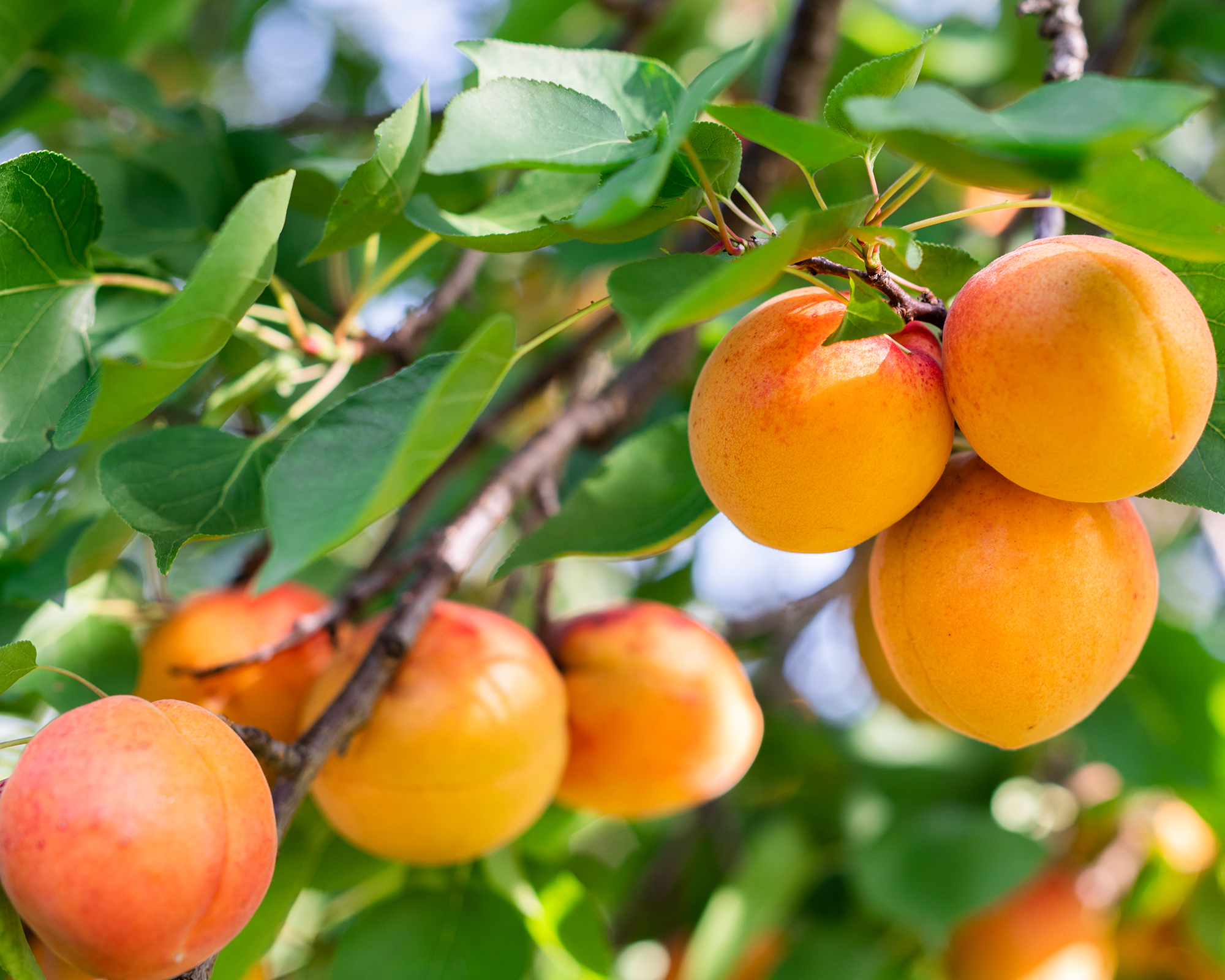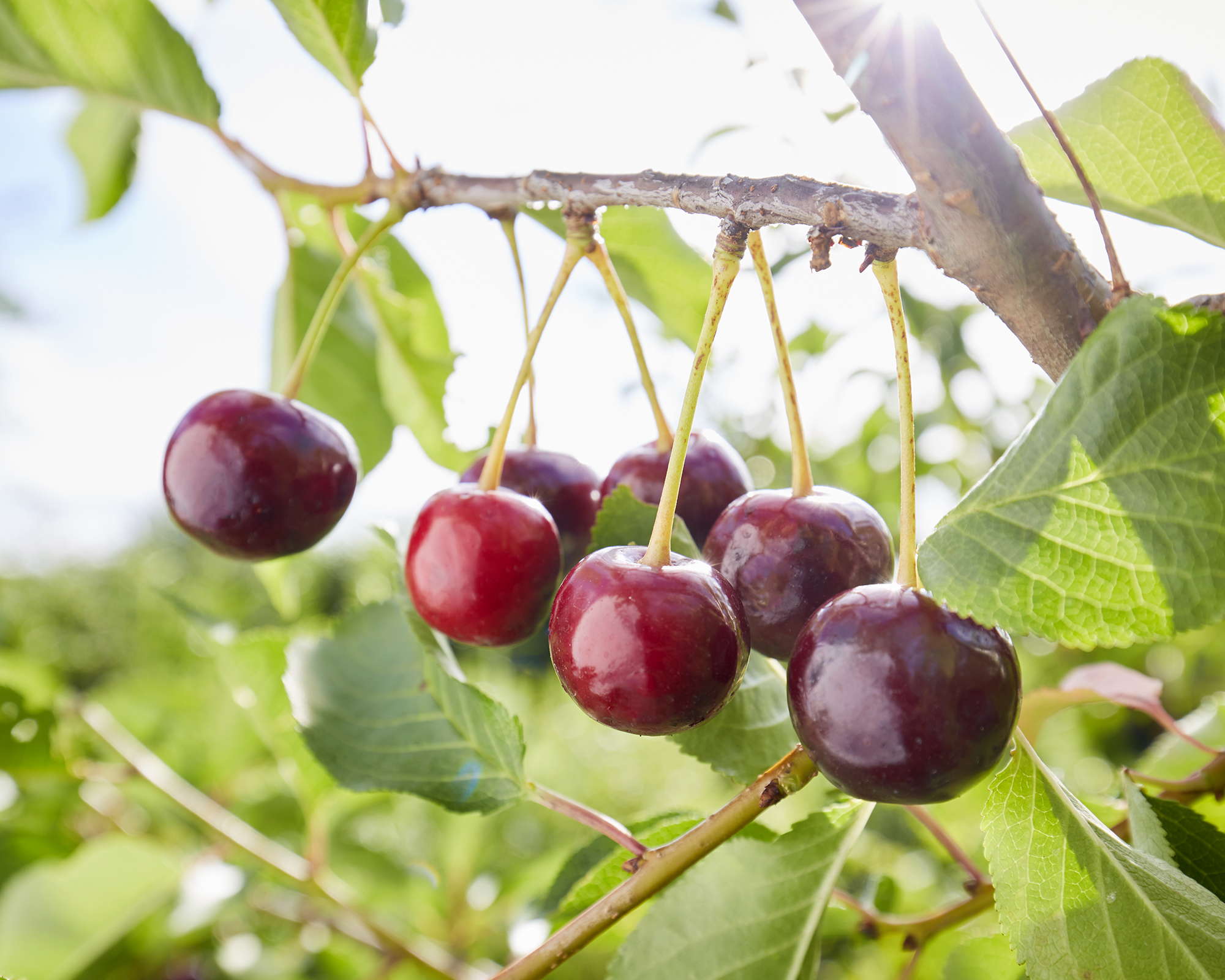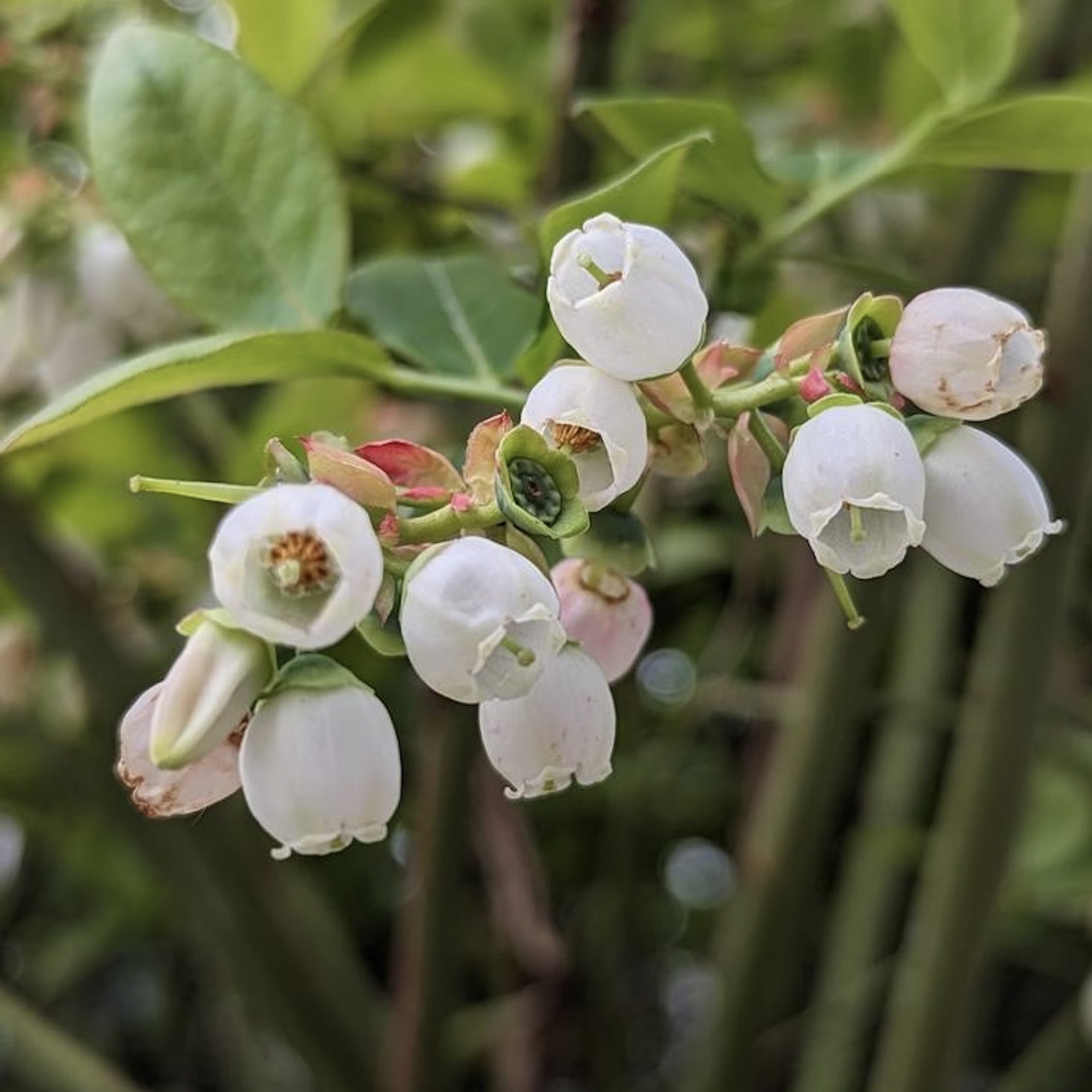8 Best Fruit Trees To Plant As Bare Roots In Fall – For The Fastest, Sweetest Harvest
Get a head start on home harvests by planting bare-root fruit trees this fall. Find the best varieties and learn tips for planting and caring for new trees.

Melanie Griffiths

Planting a bare-root fruit tree is a bit like laying a hopeful foundation for the seasons to come – giving roots the chance to establish and awaken. Bare-root trees, unlike potted varieties, arrive dormant with their roots exposed, ready to settle into prepared soil and grow strong. They are often more affordable and come in diverse varieties, and they are established quickly when planted correctly.
Traditionally, bare roots are planted in winter or spring, but fall planting offers unique benefits in warmer USDA hardiness zones 8 and up. As well as being able to grow some of the best fruit trees in your own backyard, the benefits of fall planting bare-root trees in fall include:
- A jump start on growth. Planting in fall essentially gives you an extra season of growth for a fruit tree, which can take a few years to reach maturity. A priority if you want to grow fast-growing fruit trees.
- Less maintenance. Spring-planted trees need a lot of care as the weather warms up, especially irrigation. In the fall, fruit trees do not need as much water.
- Get fruit sooner. Fruit trees need a certain number of chill hours to produce flowers and fruit. Planting in the fall provides one season of chill hours, so you might even get fruit in the first growing season.
If you live in zone 7 or colder, it's best to wait until late winter or spring to plant bare-root fruit trees.
The main issue with planting bare-root trees in the fall is availability. Many nurseries do not ship them in time for fall planting, but some do. Seek these out to get the advantages of putting your new fruit trees in the ground sooner.

How to Plant Bare-Root Fruit Trees
If you’re ready to plant, start by preparing the site carefully. Dig a hole big enough to accommodate the roots and amend the soil as needed. Add compost, for instance, to lighten heavy soil.
Soak the roots in a bucket of water for a couple of hours before planting. Plant the tree to a depth similar to how it was previously planted. You may be able to see this as a soil line on the trunk. If not, make the soil line just above the roots and well below the graft point.
Water the tree thoroughly once planted and use a stake to support it if necessary. Mulch new trees generously with compost to retain moisture, and consider adding a guard against winter-hungry critters.
Sign up for the Gardening Know How newsletter today and receive a free copy of our e-book "How to Grow Delicious Tomatoes".
Best Bare-Root Fruit Trees
Whether you want to grow a backyard orchard or front yard fruit trees that will boost curb appeal, here are some of the best fruit trees to consider planting as bare-roots this season.
1. Apples

Apples are the ultimate fall fruit – so what if you could get a harvest your very first year? If you plant a bare-root apple tree in the fall, you might just get fruit the following year.
There is a nearly endless amount of apple tree varieties to choose from, which can be overwhelming. Select a variety appropriate for your growing zone that is good for beginners, like ‘Enterprise’, ‘Liberty', or ‘Jonafree', all of which have good resistance to common apple tree diseases.
Apples thrive in a variety of USDA hardiness zones, with many options suited for cold climates. After planting, stake if needed and keep roots insulated with a good layer of mulch.
2. Pears

Pears are another fall favorite but are generally easier to grow than apples. This is mostly because they are less susceptible to diseases.
Some good varieties for colder climates include ‘Golden Spice’, ‘Gourmet’, and ‘Luscious’. For warmer climates, try ‘Moonglow', ‘Seckel’, or ‘Olympic', an Asian pear. Avoid ‘Bartlett’, which has low resistance to the one disease that troubles pears: fire blight.
Prune and mulch in the fall to promote strong growth through winter.
3. Peaches

Peaches are delicious stone fruits that can be planted in the fall with great success if you do it right.
One great benefit of growing peaches is that they are appropriate for a wide range of climates. There are varieties for northern climates but also those that grow well as far south as Florida. Good hardy cultivars include ‘Redhaven', ‘Sunhaven’, and ‘Garnet Beauty'.
Varieties with low chill hour requirements and appropriate for warmer areas include ‘Tropic Snow’, ‘Florida King’, and ‘Red Baron'.
Plant in well-drained soil with sun exposure, and remember to water deeply and mulch thoroughly for frost protection.
4. Apricots

Apricots, like peaches, can be planted in the fall and come in a range of cultivars. Again, choose a variety appropriate for your climate and hardiness zone.
‘Harcot’ grows well in zones 4 through 9 and has good disease resistance. Grow ‘Moonpark’ in zones 4 through 8 and for its juicy, sweet flavor. ‘Puget Gold’ is appropriate for zones 5 through 9. It has an intense flavor.
Apricots are relatively low-maintenance and benefit from early staking. Cover roots with compost or mulch to retain moisture.
5. Plums

Plums are yet another type of stone fruit you can plant as bare roots in the fall. They are among the easiest fruit trees to grow and are great for beginners.
European varieties are generally hardy and are self-fertile, so you only need one tree. Choose Japanese plum varieties for warmer climates. American-produced hybrids are very hardy. Both Japanese and hybrids require a second tree for cross-pollination.
Plant plum trees in well-drained soil, add a winter guard if needed, and mulch generously to support root growth.
6. Cherries

For a smaller fruit, consider growing a cherry tree. Sweet cherries are generally hardy in zones 5 through 7. Tart cherries are slightly hardier and grow in zones 4 through 6.
'Sunburst' is a self-fertile, delightfully sweet variety with very dark fruit. 'Sylvia' is also sweet but is compact and good for small spaces. For a tart cherry, try 'Morello'.
Protect roots from frost with mulch and ensure trees get winter chill hours for flowering.
7. Persimmon

Although less common to the American palate than other fruits, a ripe persimmon is a true delight. American persimmon trees can be grown in hardiness zones as cold as 4. Japanese persimmons are better for milder climates.
These trees benefit from early fall planting to establish in the ground.
8. Pawpaw

Even rarer in the home garden is the pawpaw. This is a North American native with a unique fruit that some say tastes like banana mango custard. Grow it in zones 5 through 8. Its native status makes pawpaw particularly easy to grow.
Add plenty of mulch to promote winter root development.

Mary Ellen Ellis has been gardening for over 20 years. With degrees in Chemistry and Biology, Mary Ellen's specialties are flowers, native plants, and herbs.
- Melanie GriffithsEditor in Chief
